how to prepare a raised garden bed
Starting a garden can be overwhelming, especially if this is your first. Today we will start at the beginning with how to prepare a raised garden bed—the easier way to grow the veggies you and your family love.
How to start a backyard garden and prepare your first raised bed.
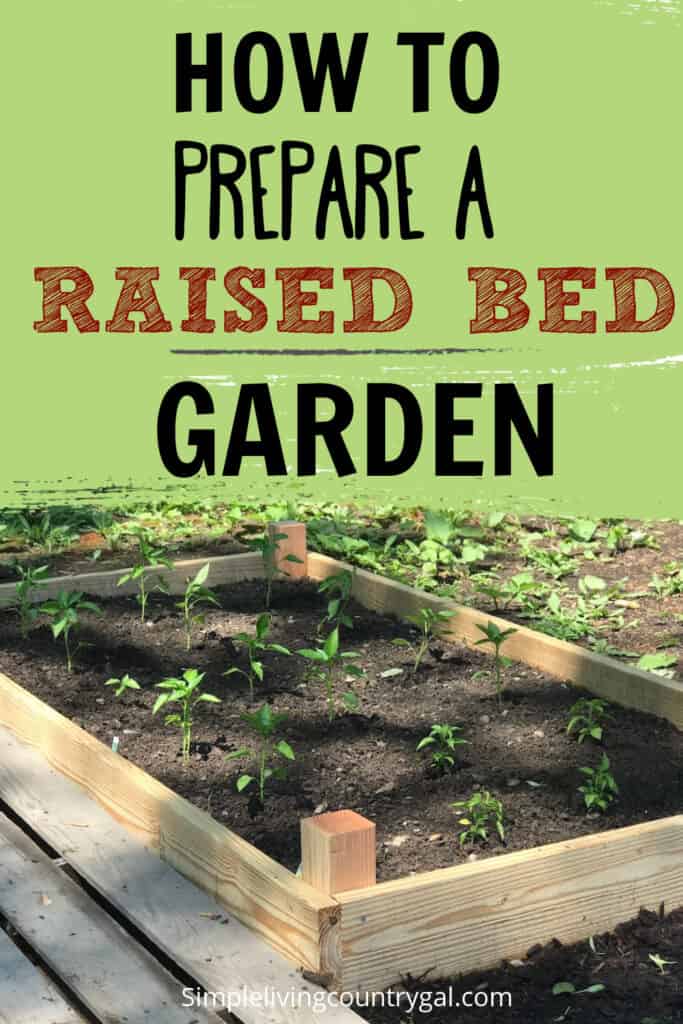
Have you ever dreamed of growing your own vegetables but don’t know where to start? Maybe you have physical limitations that make working on your knees painful. Or, you want to try out gardening, but you are not ready to tear up your backyard.
One solution to all of these issues is to start a raised bed garden in your backyard.
What is raised bed gardening?
Raised bed gardening is an easy and efficient method of growing plants in a garden. It involves creating raised beds with common materials used as a border that you can then fill with the best quality soil. Raised beds are higher than the surrounding ground making this a great way to try out vegetable gardening.
The soil can be amended to optimize fertility for the plant’s roots and provide better drainage. This type of gardening is often used to maximize space and minimize weeds.
It is an easier way to start gardening as no heavy or hard work to the ground is needed. It also brings the garden up closer to you, allowing you to grow your vegetables more comfortably.
Raised bed gardening is an excellent way to start your gardening journey because it’s easy to manage, produces high yields, and can be done in a small area.
Setting up a raised bed garden can be intimidating however, but with the right preparation and supplies, anyone can start their own backyard garden.
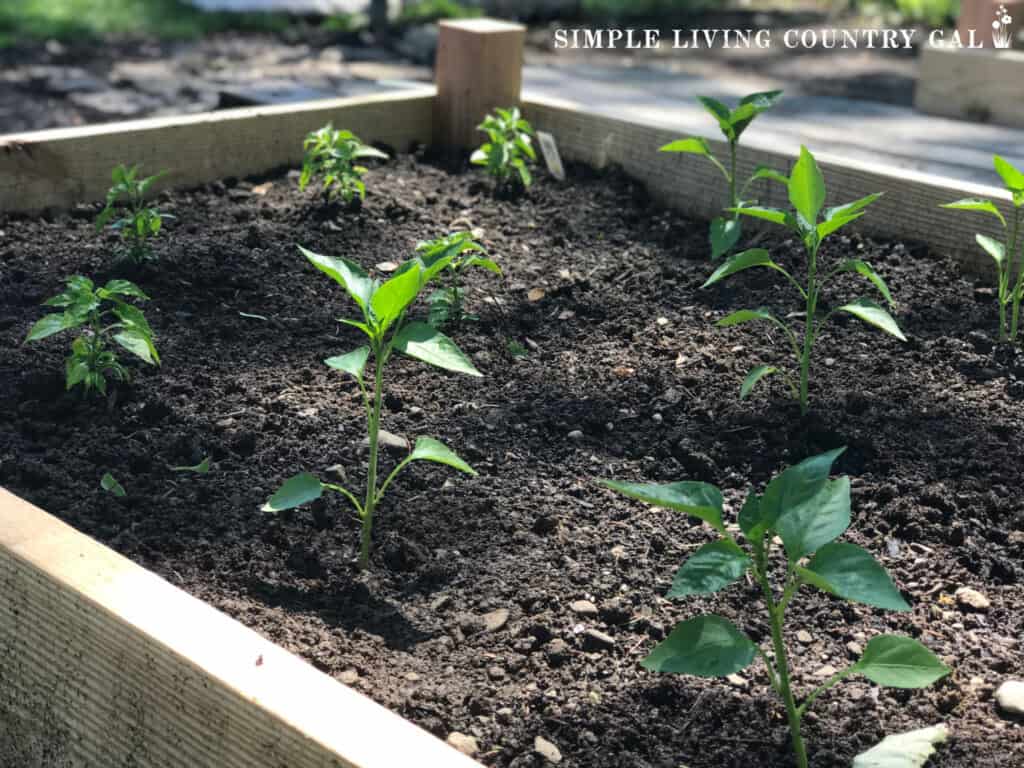
What can I plant in a raised bed garden?
You can grow a wide variety of vegetables, herbs, and flowers in a raised bed garden. Depending on the climate and season, you can plant:
- Tomatoes and peppers
- Beans and peas
- Vining plants such as cucumbers, pumpkins, or watermelon
- Squash
- Salad plants such as carrots, radishes, and greens.
- Herbs like basil or oregano are also popular choices for raised bed gardens.
- Flowers such as pansies and marigolds can also be planted to add a splash of color.
How to Prepare a Raised Garden Bed
As with all projects, it is much easier to work through things one step at a time. This will allow you to fit this into your schedule so you can set up a few raised garden beds without sacrificing an entire weekend.
Let’s break it down.
Step #1. Select an area in your backyard
The first step in setting up a raised bed garden is choosing the right location. Pick out an area that gets at least six hours of bright sunlight a day and is away from tall trees and shrubs. You don’t want the plants to be competing for sunlight or to be in the way of heavy rain or strong winds.
You also want to locate your raised beds close to a water source so upkeep of your vegetables is easier on you.
I suggest putting your beds closer to your back door if you are able to do so. This will help your daily care to be a bit more enjoyable and easier to keep up with.
Step #2. Gather your supplies
Before you begin, make sure you have the necessary supplies. Garden beds can be made from different materials, but the most popular are wood, metal, or plastic.
Another thing you will need is a liner to hold the soil. Set out to buy some quality garden soil, compost to improve soil fertility, and mulch to avoid weed growth.
Raised Bed Garden Supply List:
- Border materials – wood, metal, or plastic.
- Soil liner – such as a weed barrier.
- Soil – bags are best for one bed, and a delivered supply is best for multiple beds.
- Shovel – to move the soil into the bed.
- Rake – to spread the soil out evenly.
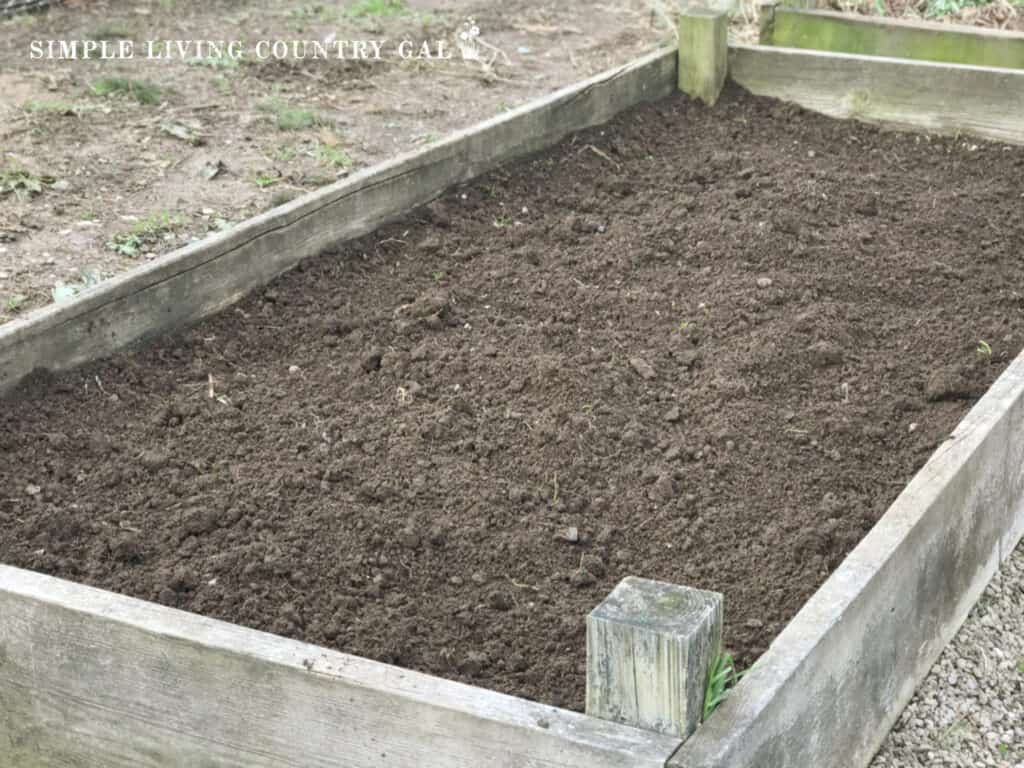
Step #3. Setup Your Raised Bed
Once you have the area selected and materials gathered, your next step is to create the garden bed.
The size of your bed will depend on the area you have chosen and the amount of space you want to allocate for the bed. A recommended size for a beginner’s garden is a 4×4, 4×6, or 4×8 raised bed. This size will ensure you can reach all areas of the bed easily.
- Lay down the liner. This will keep grass and weeds from growing inside of your raised bed.
- Begin constructing the frame of the raised bed.
- Be sure to use corner supports to keep your bed solid so it lasts for years.
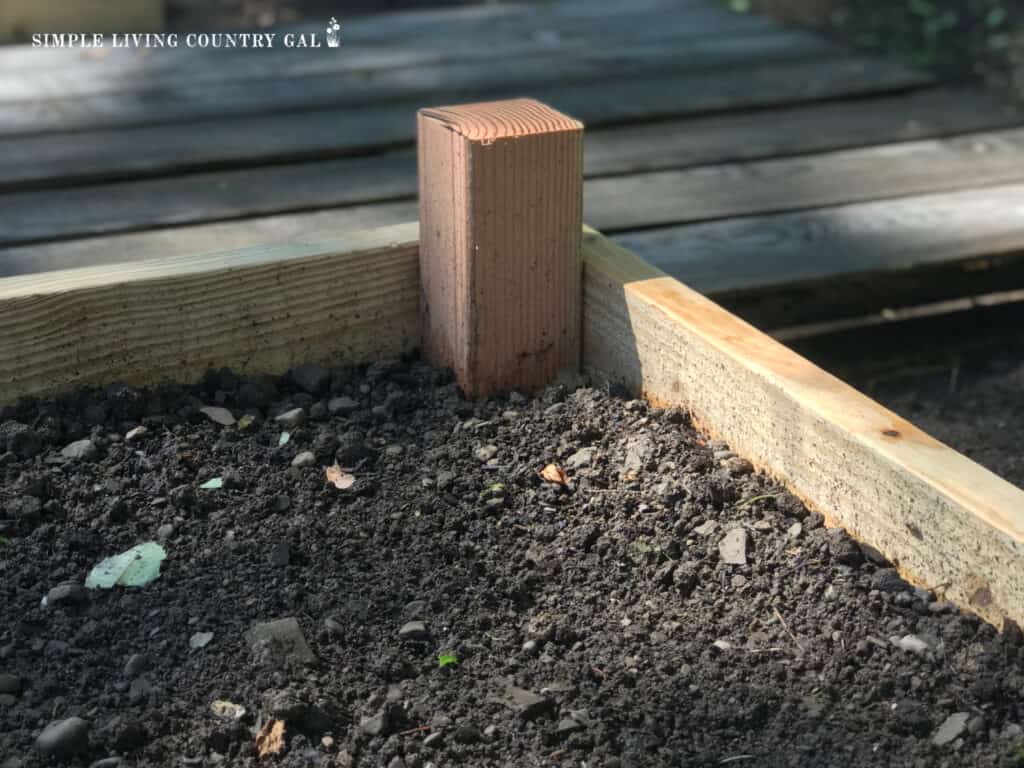
Step #4. Add the Soil
The soil in your garden bed is critical because it holds the plant’s roots nourishing them in the most beneficial way. It is important that you use soil that is meant for growing vegetables. This will give you a good foundation for a summer harvest that is robust.
Do not use regular garden soil, as it’s heavy and has a high moisture content. Instead, you can make your own.
How to make raised bed garden soil.
- Mix equal parts of garden soil, vermiculite, and perlite.
- Add compost to increase soil fertility and aeration.
- Test the soil to ensure the pH is where it needs to be
What pH is best for growing vegetables?
Most vegetables grow best in slightly acidic soils, pH 5.8 to 6.5. You can increase acidity by adding compost to the ground and working it in. Use this easy soil pH tester to ensure you are on the right track.
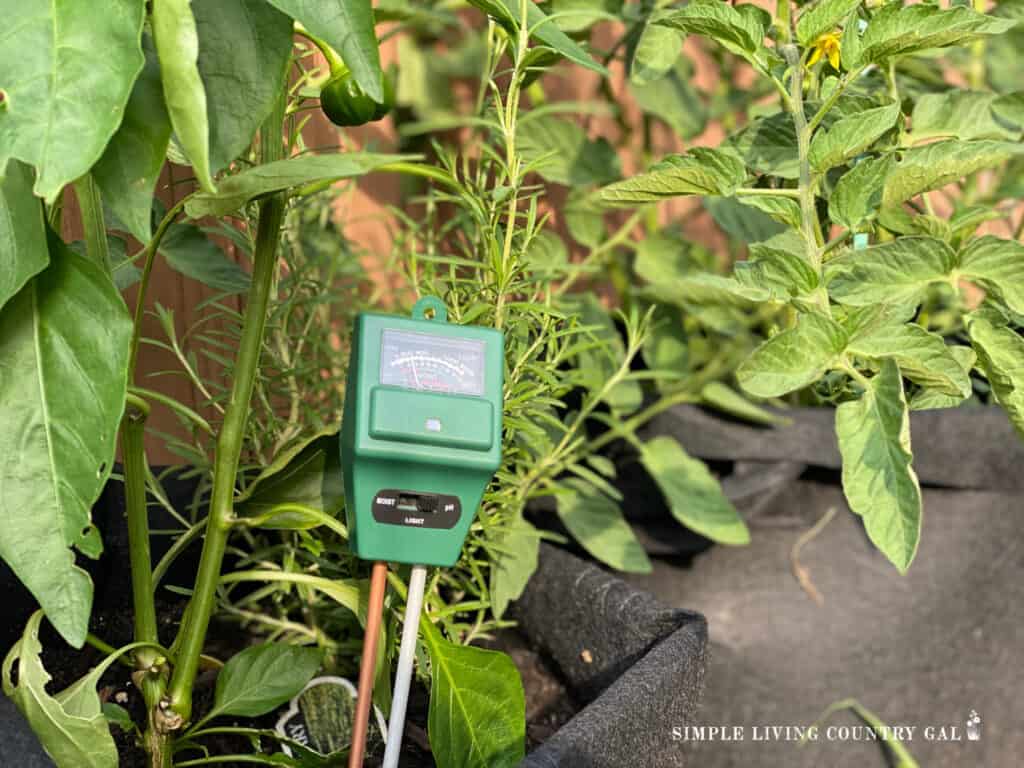
Step #5. Plant!
Now that you have prepared your raised garden beds, you are ready to plant. The best part of this type of gardening is you can grow more in a small area. Always be sure to follow the instructions for planting when starting out.
Don’t forget to keep notes of what and how you grow so you can improve your planting approach going forward.
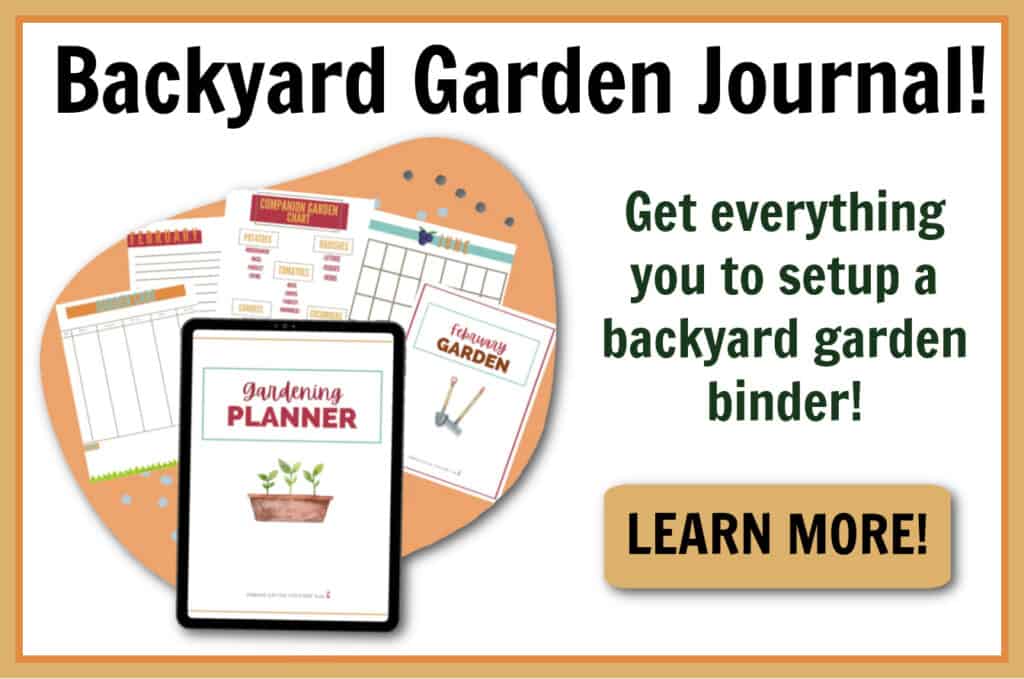
Growing Tip for a Better Harvest
To keep your garden weed-free, a cover of organic mulch is essential. Mulching protects the soil from the sun’s harsh rays, keeping the moisture in and keeping weed growth under control.
High-quality mulch, such as wood chips, fresh cut weed-free grass, or straw, can help retain moisture, prevent erosion, and increase the soil’s fertility.
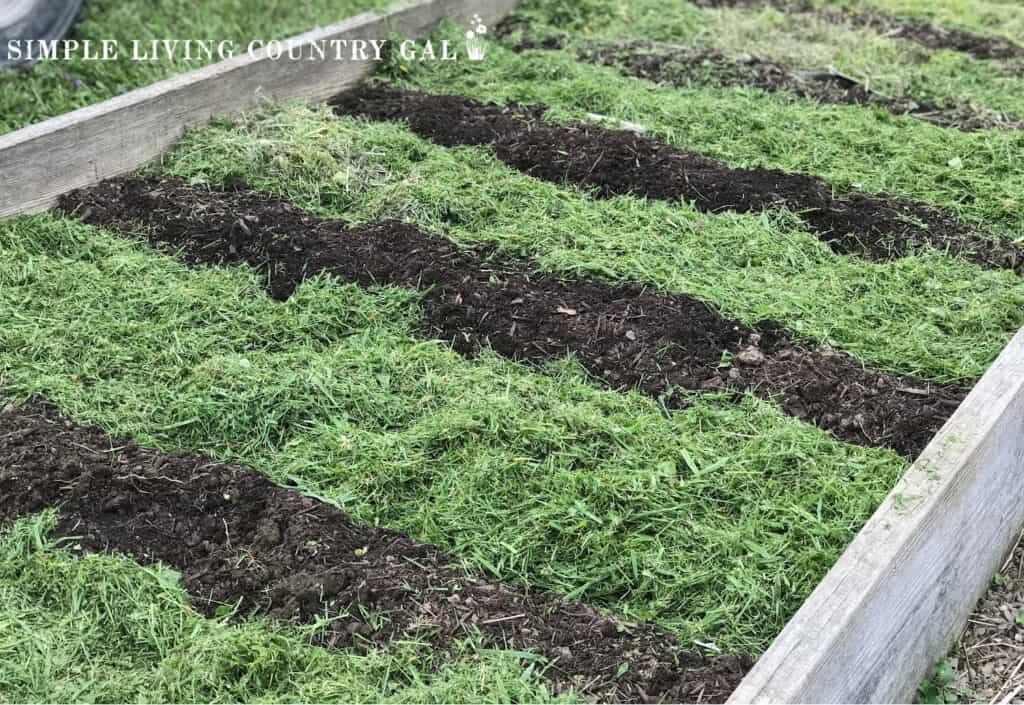
Setting up a raised bed garden can be intimidating, but with the right preparation and supplies, it is an easy and satisfying way to start your gardening journey. Ensure that you choose the right location, get all the required supplies, and select the right size for your bed.
Remember, soil quality is essential for a bountiful harvest, so don’t skimp on that. Compost, fertilize, and maintain your garden bed; in no time, you’ll be harvesting fresh, delicious vegetables from your backyard garden.
Refer to this guide on how to prepare a raised bed garden anytime you want to add another bed to your backyard setup.
More Gardening Resources:
- How to Grow Tomatoes for Beginners
- How to Grow Potatoes in Containers
- How to Grow Herbs in Straw Bales
